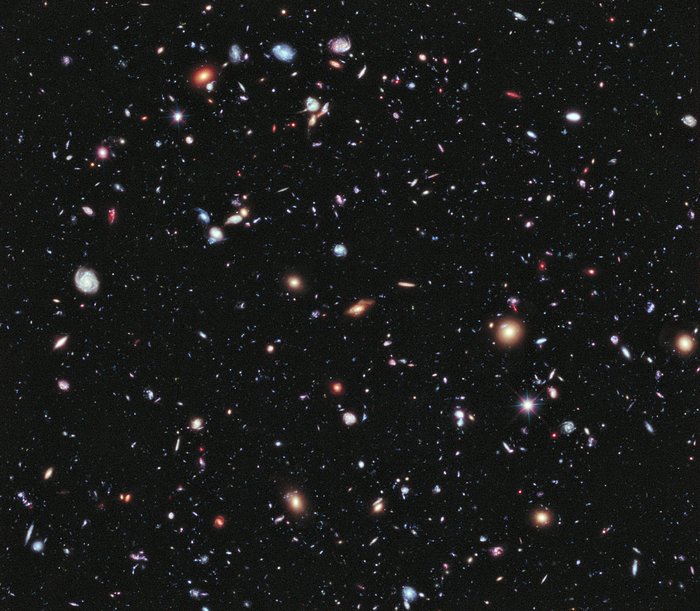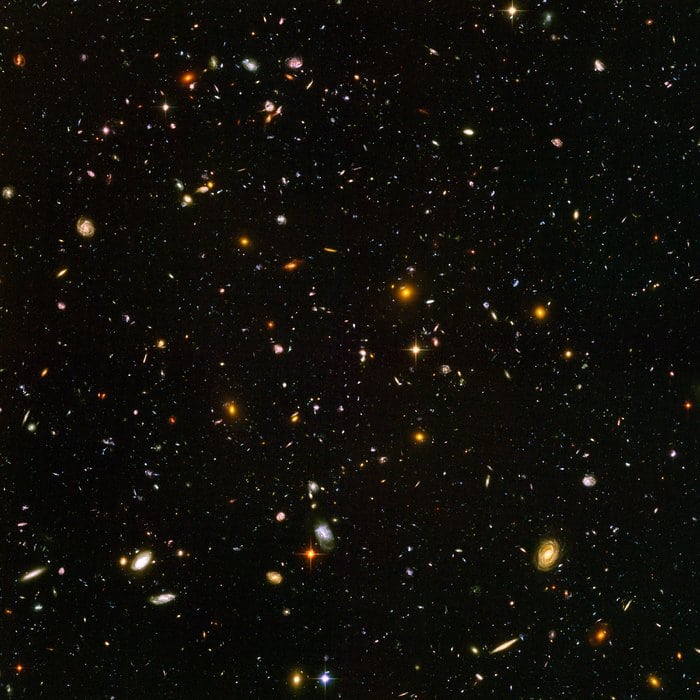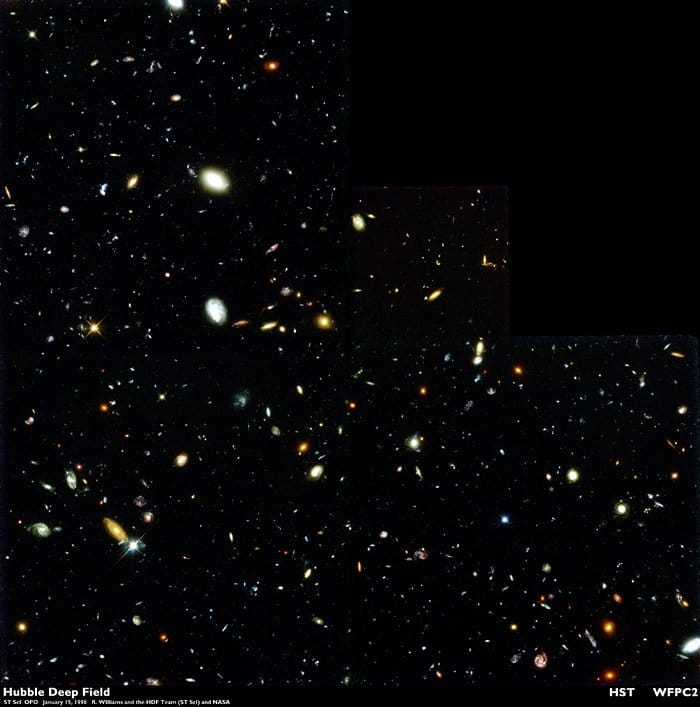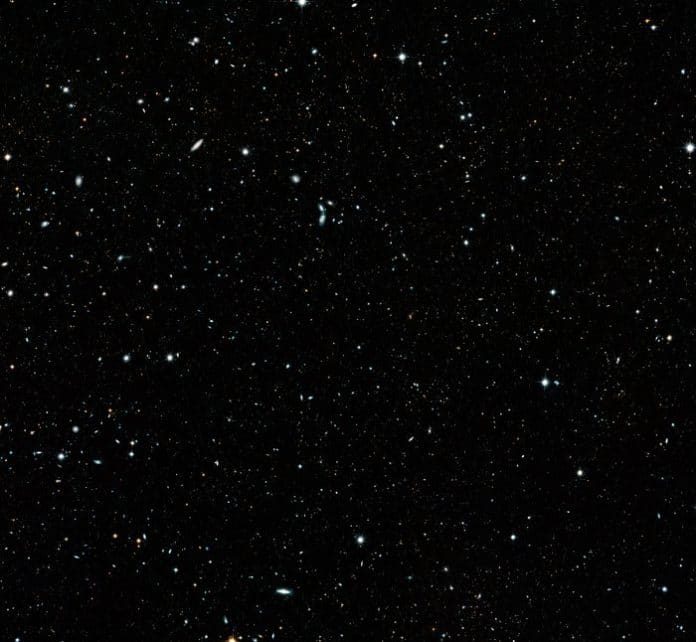NASA’s Hubble Space Telescope has recently captured an image of a legacy field, showing 2,65,000 galaxies, each at different stages in their life cycles, but also the history of the universe. Even if it seems unassuming on the first glance, the image is a big deal for astronomers.
The image is a mosaic of different images captured by the Hubble Space Telescope as part of its deep-field surveys, arranged into a giant overview called the Hubble Legacy Field. The wavelength range of this image stretches from ultraviolet to near-infrared light, capturing all the features of galaxy assembly over time. The faintest and farthest galaxies in the image are just one ten-billionth the brightness of what the human eye can observe.

Garth Illingworth of the University of California, Santa Cruz, leader of the team that assembled the image said, “Now that we have gone wider than in previous surveys, we are harvesting many more distant galaxies in the largest such dataset ever produced. No image will surpass this one until future space telescopes like James Webb are launched.”
The Legacy Field is no ordinary map, and naturally, took an extraordinary effort on the part of Hubble and the scientists programming it. The telescope spent 250 days staring into this one patch of sky. Moreover, there were 31 programs of astronomers that made this image a reality. This spectacular new window into the universe was shared with the public on 2 May 2019.

Team member Rychard Bouwens of Leiden University in the Netherlands said, “One exciting aspect of these new images are a large number of sensitive color channels now available to view distant galaxies, especially in the ultraviolet part of the spectrum. With images at so many frequencies, we can dissect the light from galaxies into the contributions from old and young stars, as well as active galactic nuclei.”

The Legacy Field image and other deep-field images show the expansion of the universe, giving astronomers clues to the state of the early universe and the way that it evolved over millions of years. New telescopes like the upcoming James Webb Telescope will allow astronomers to look even deeper into space, learning more about the development of galaxies through time.
